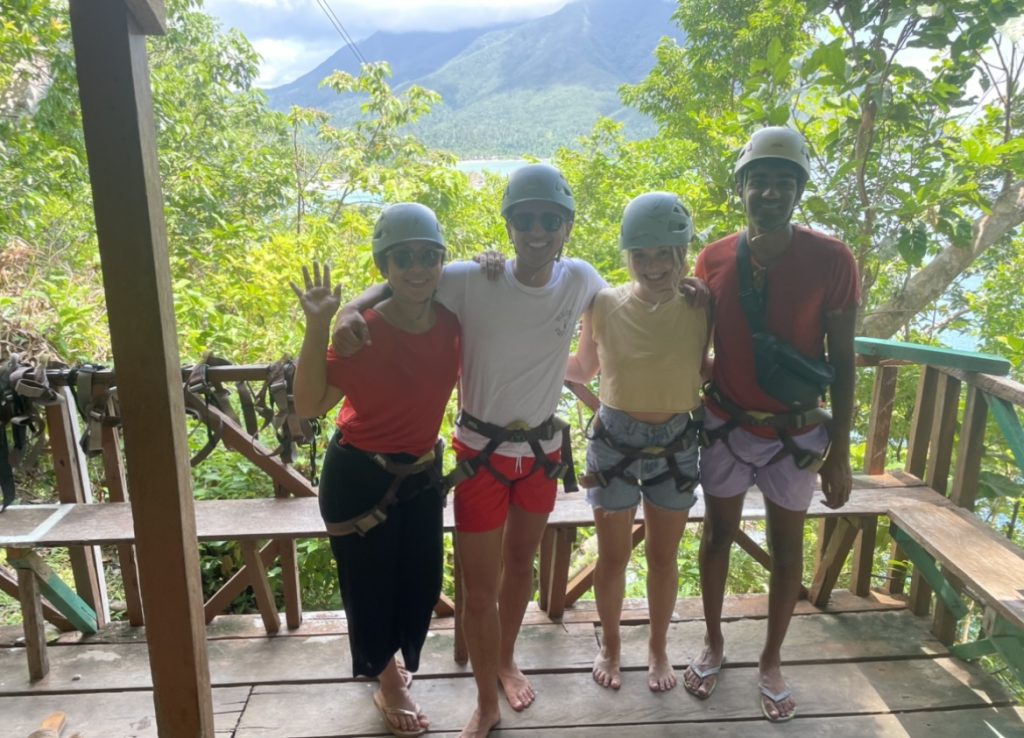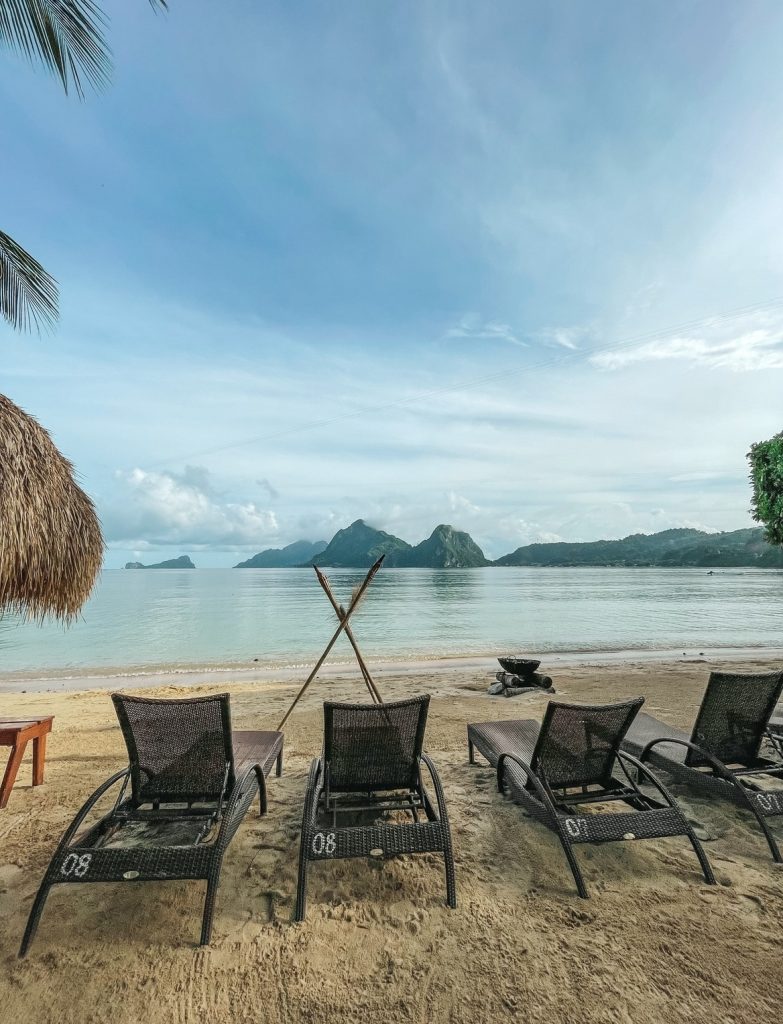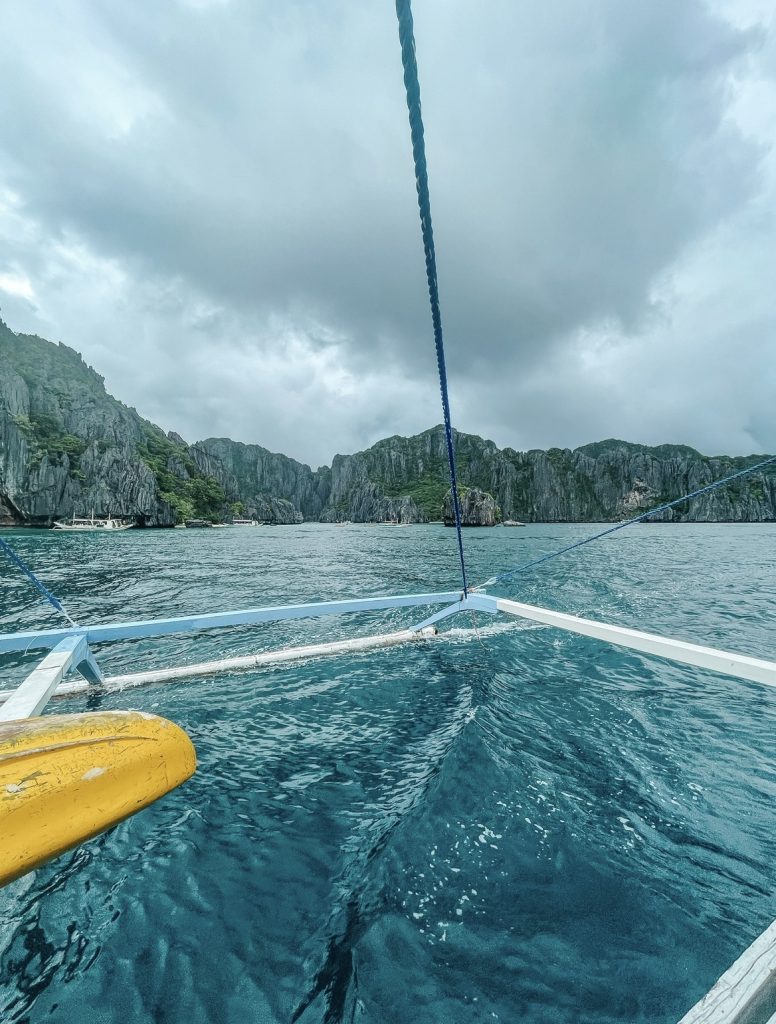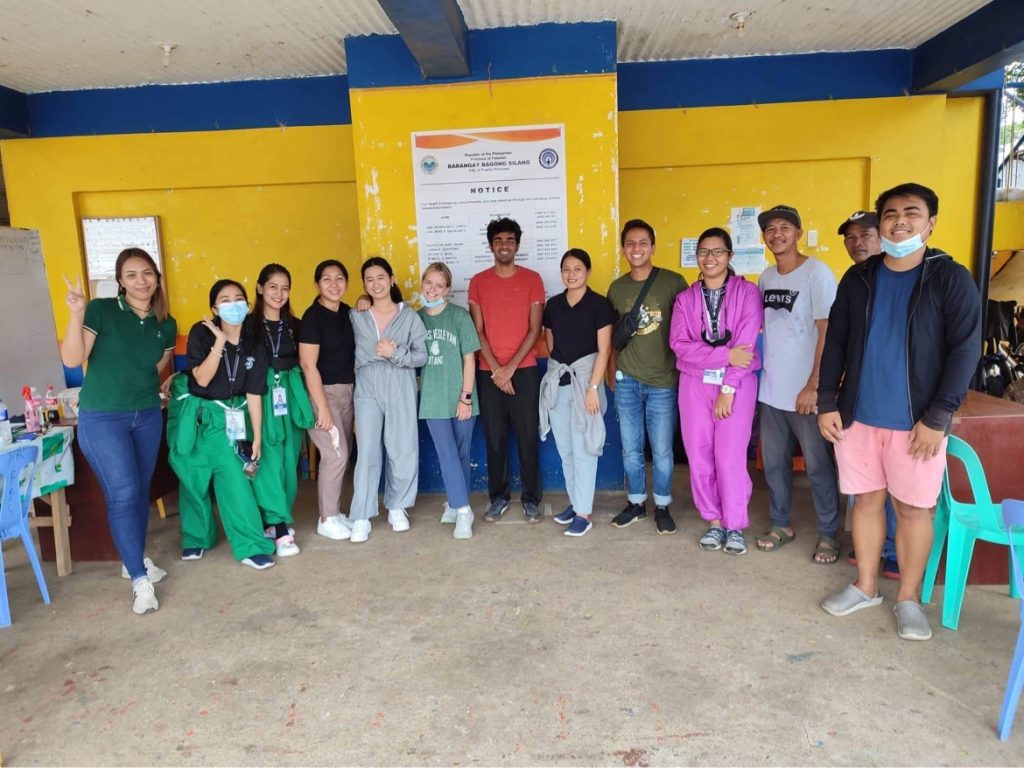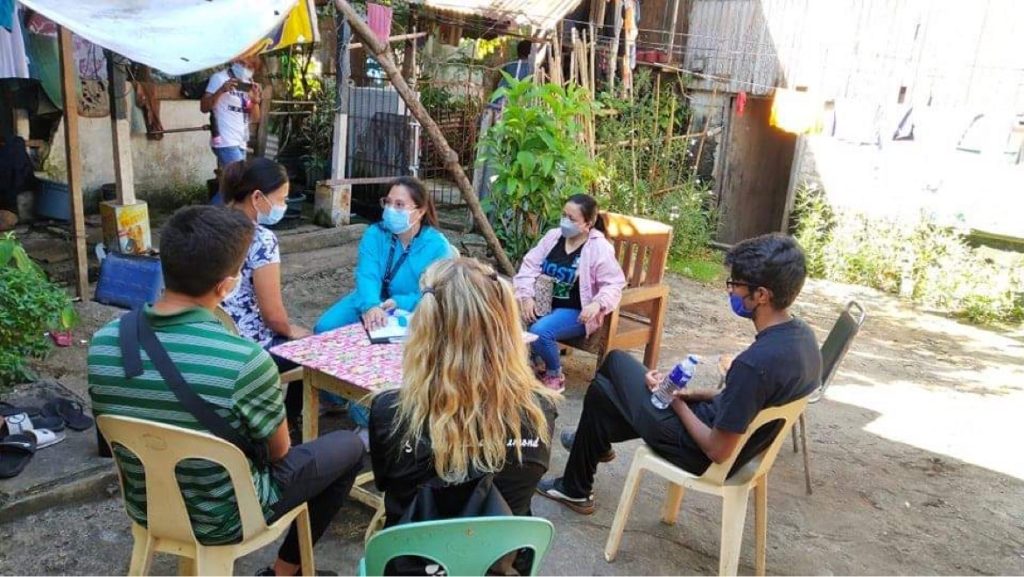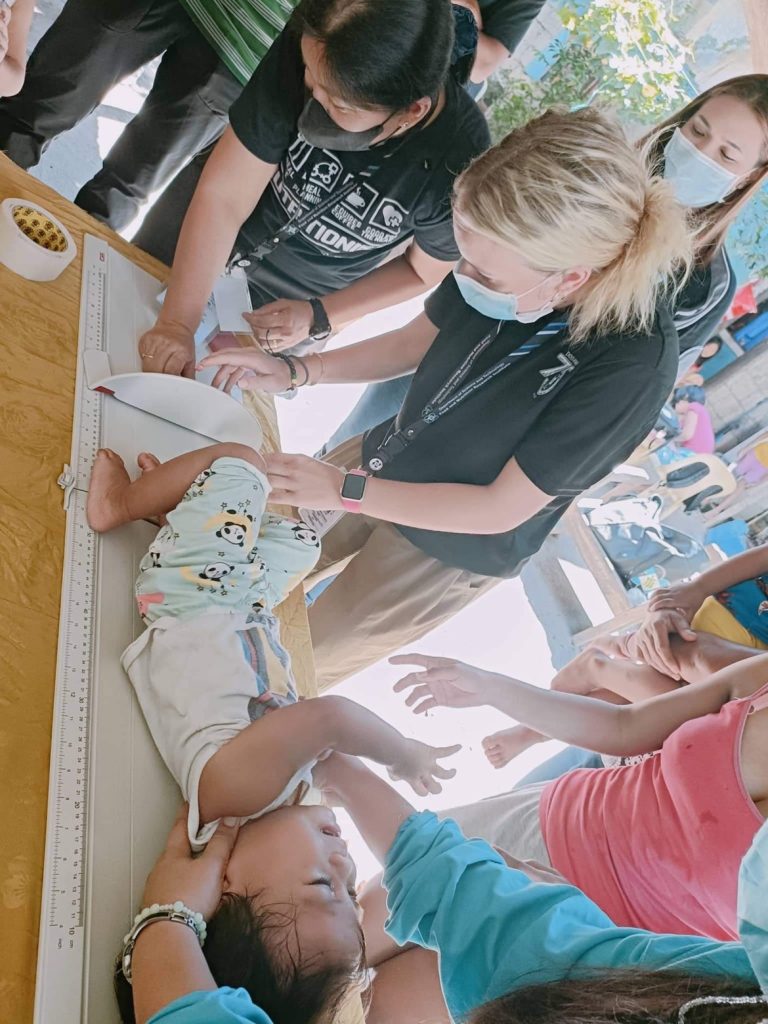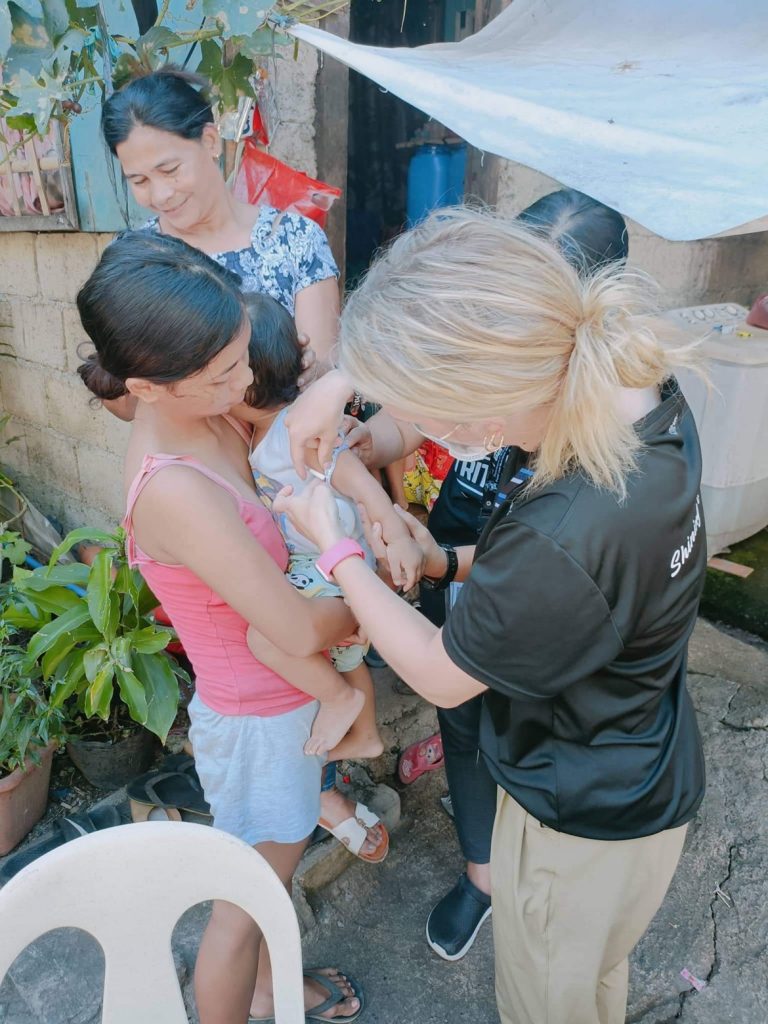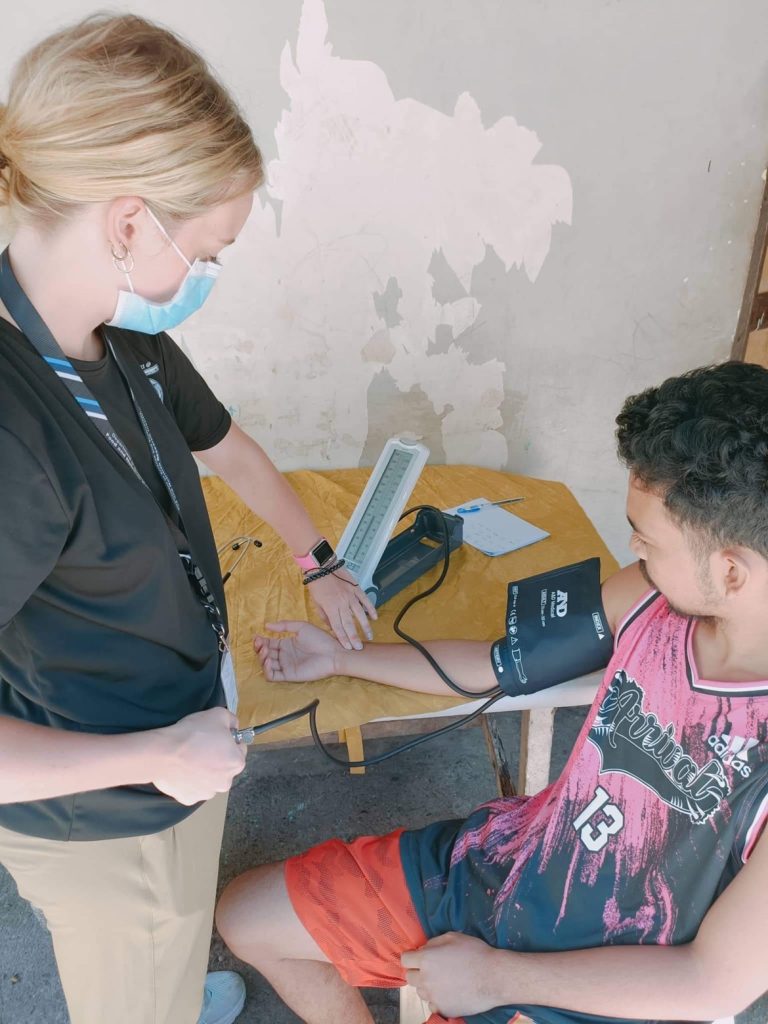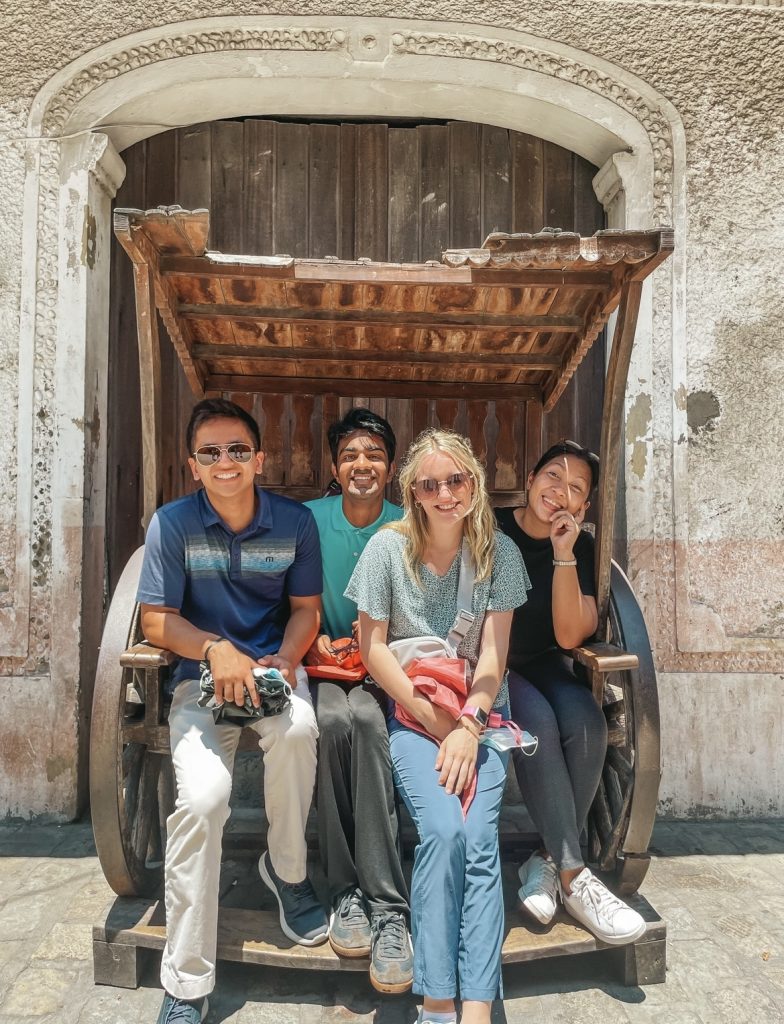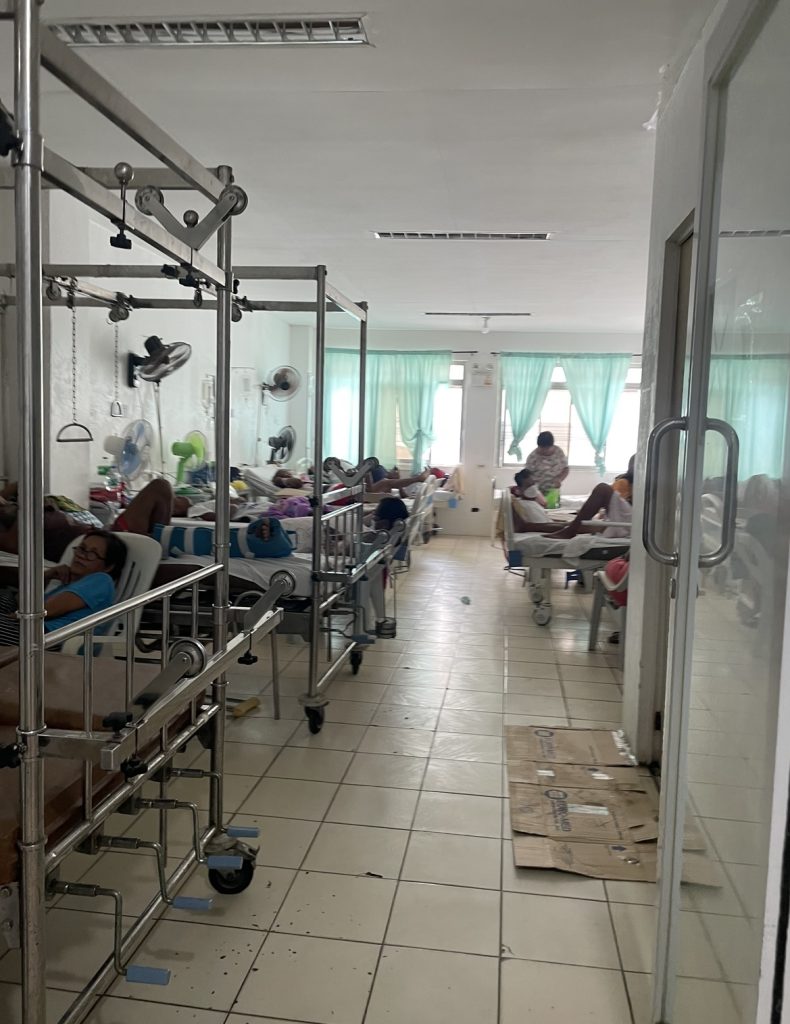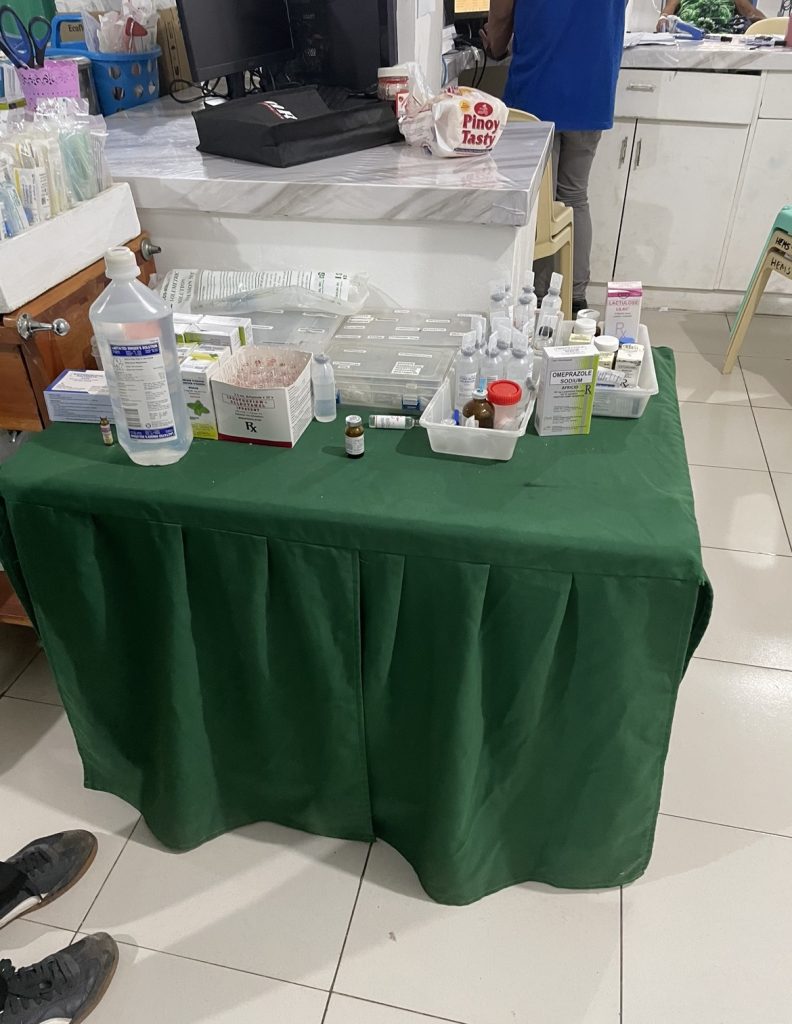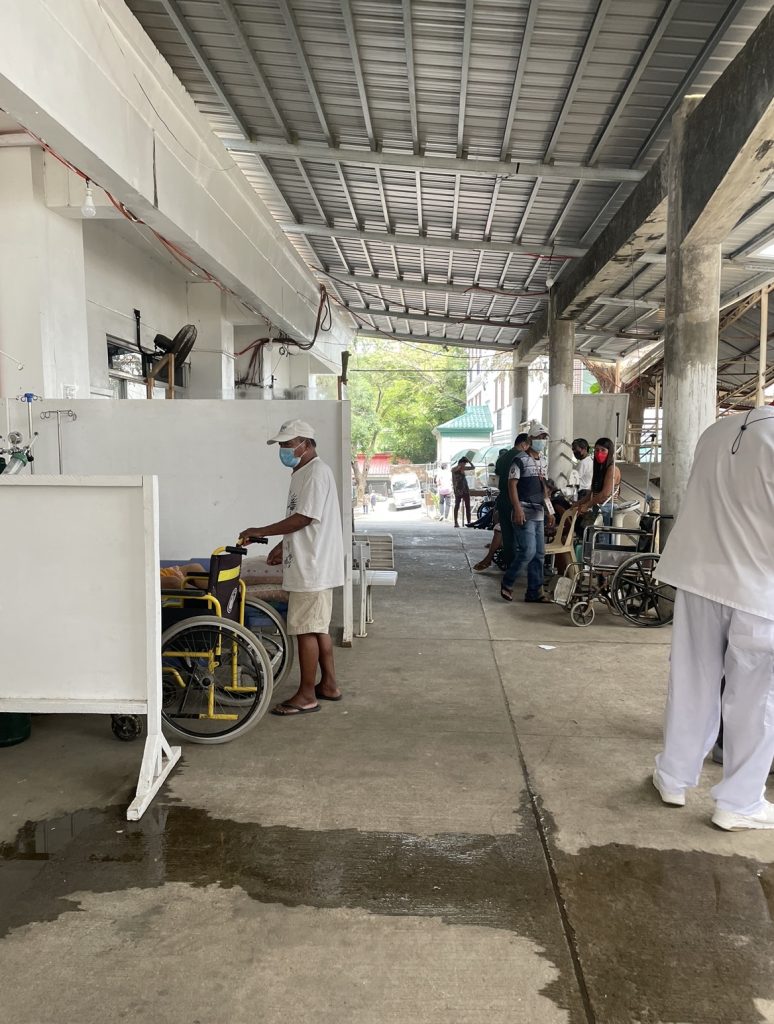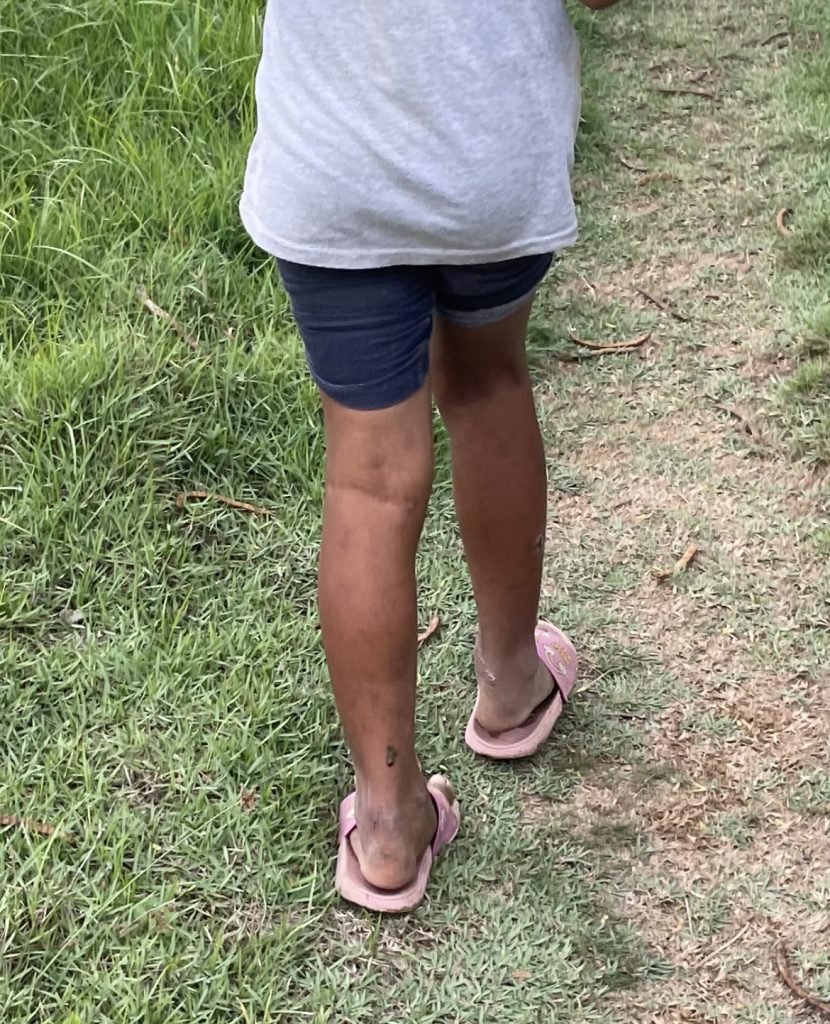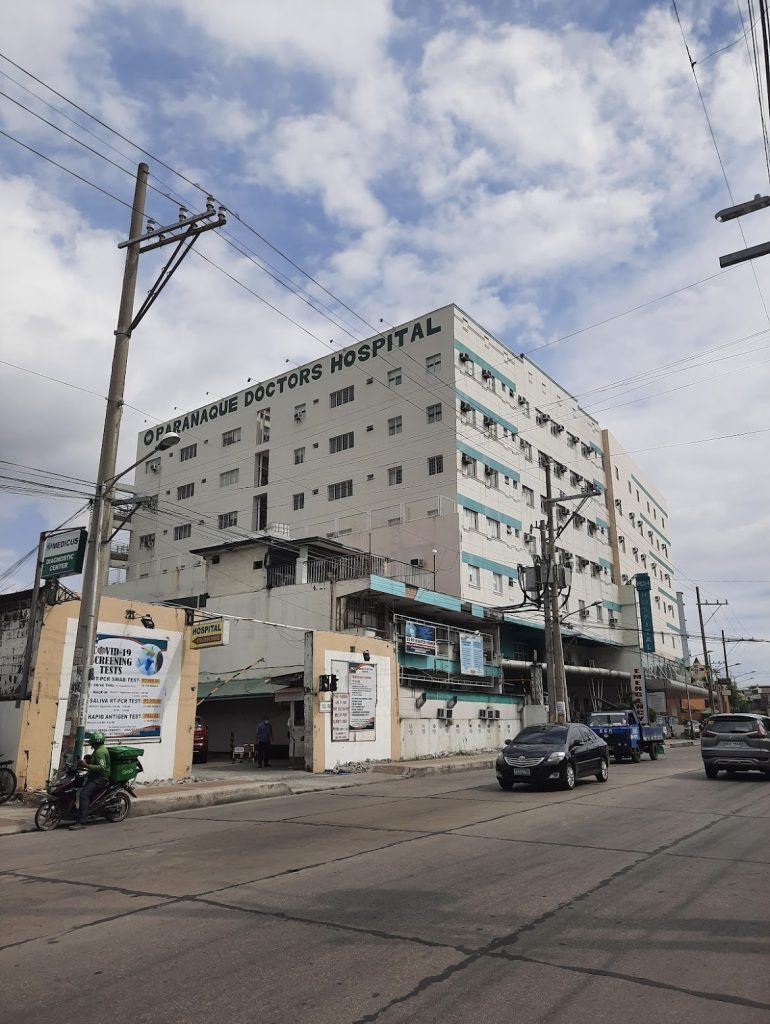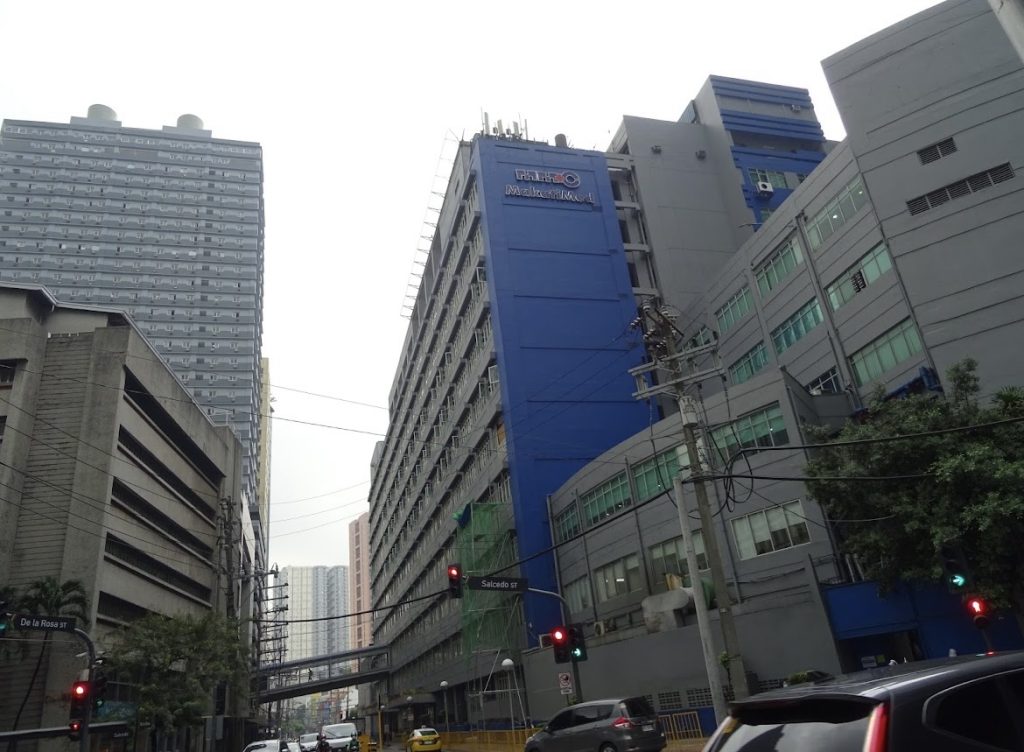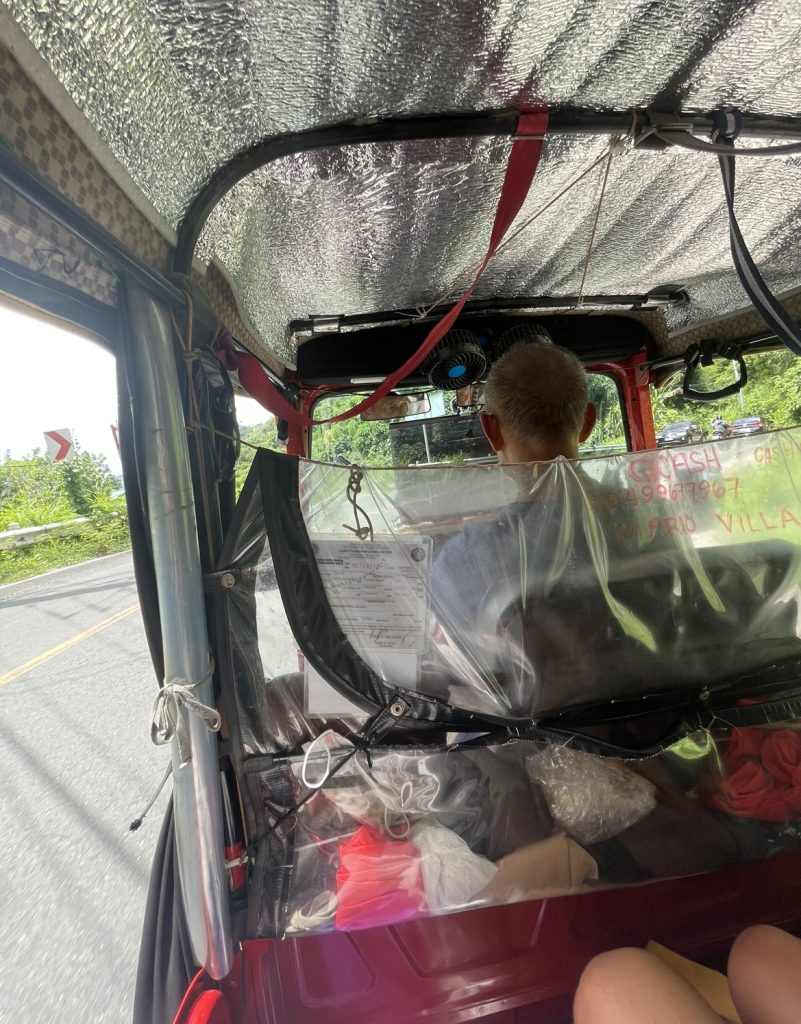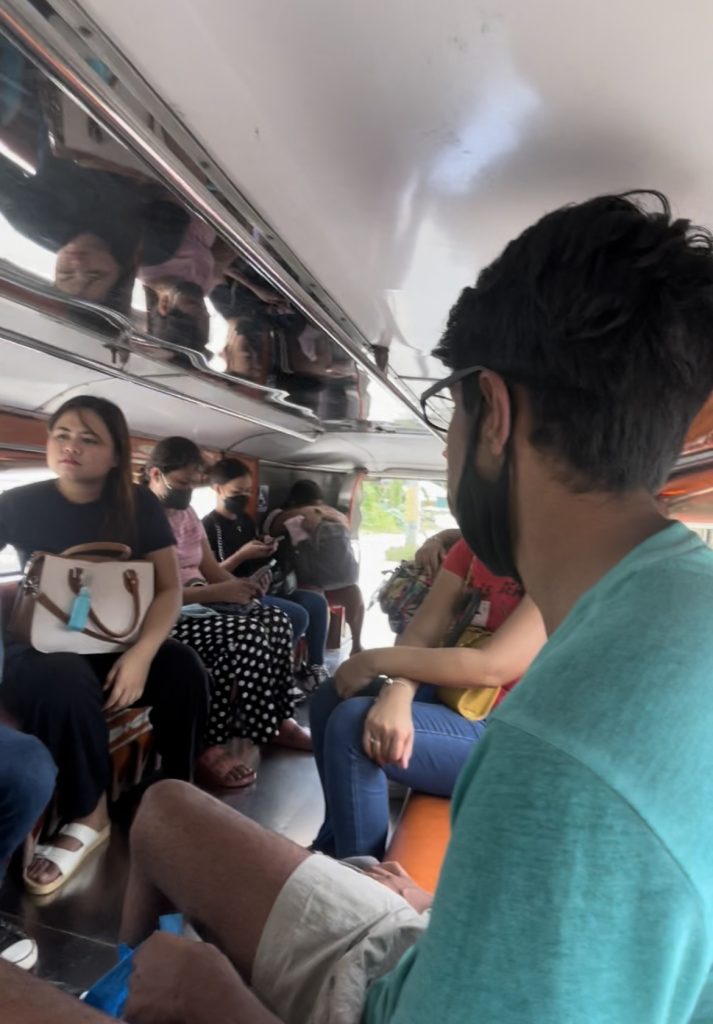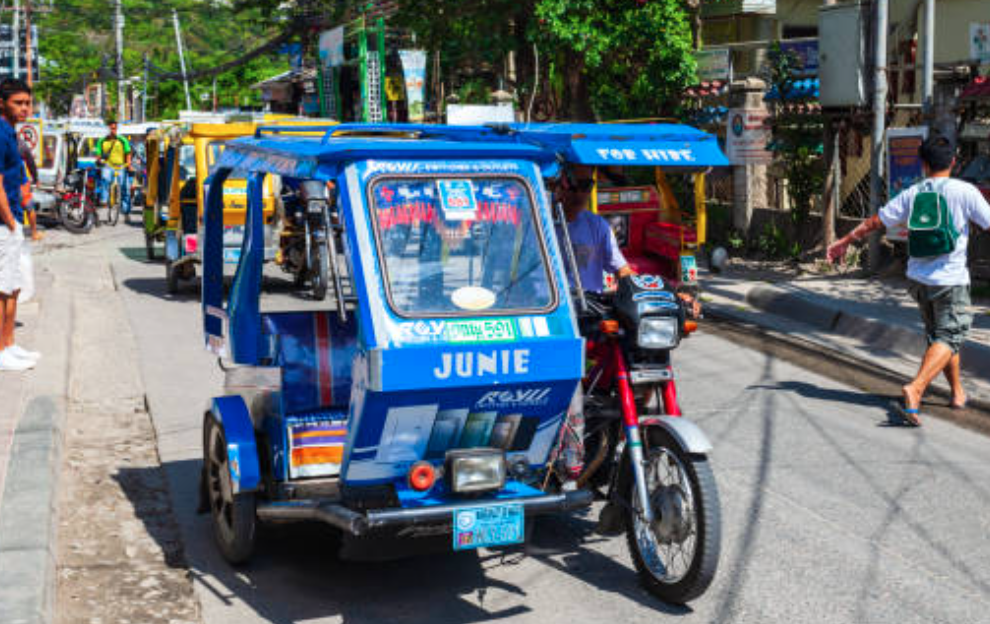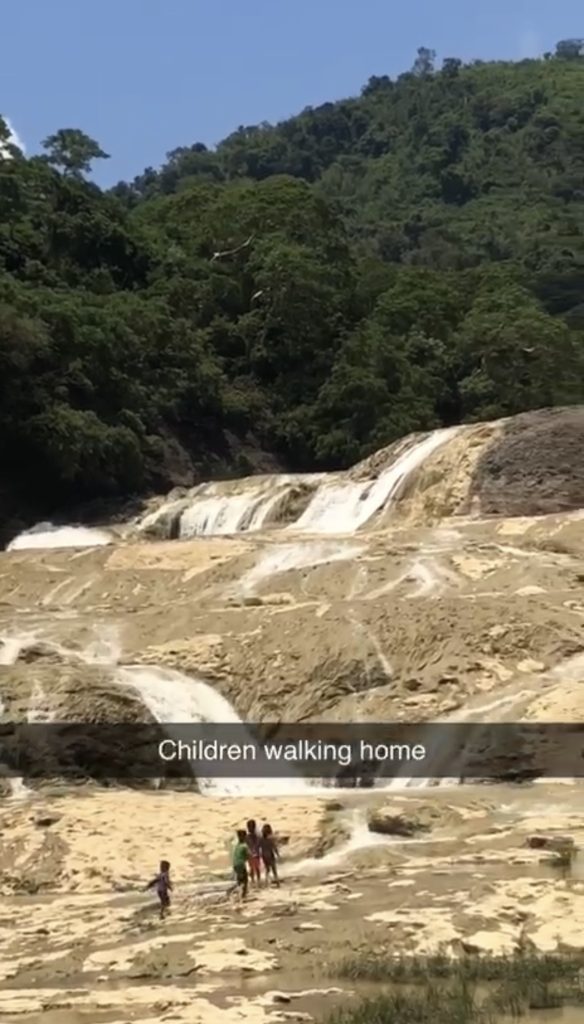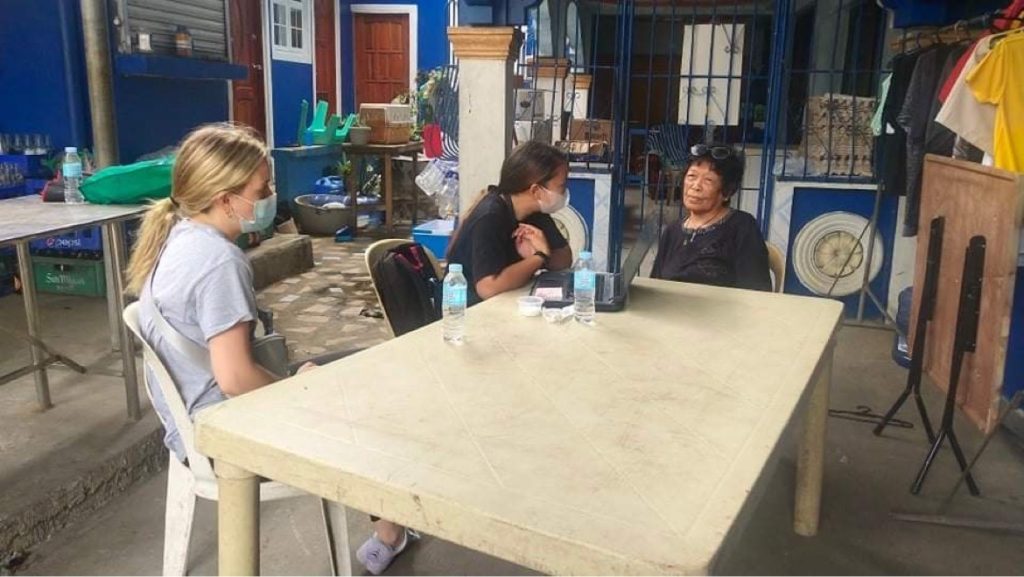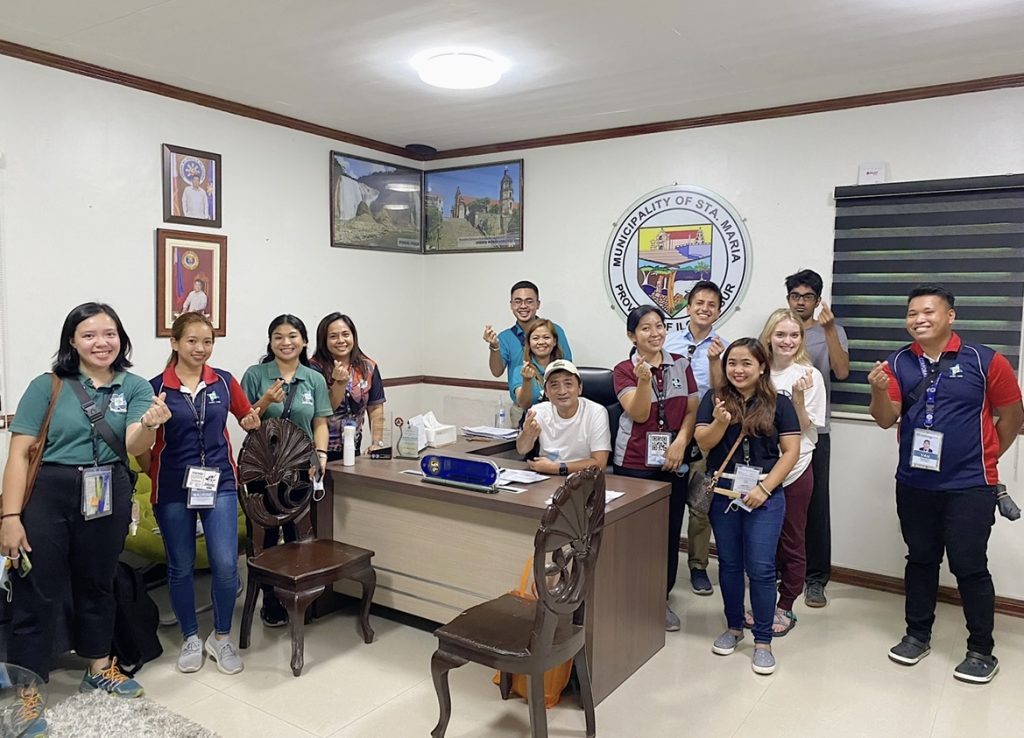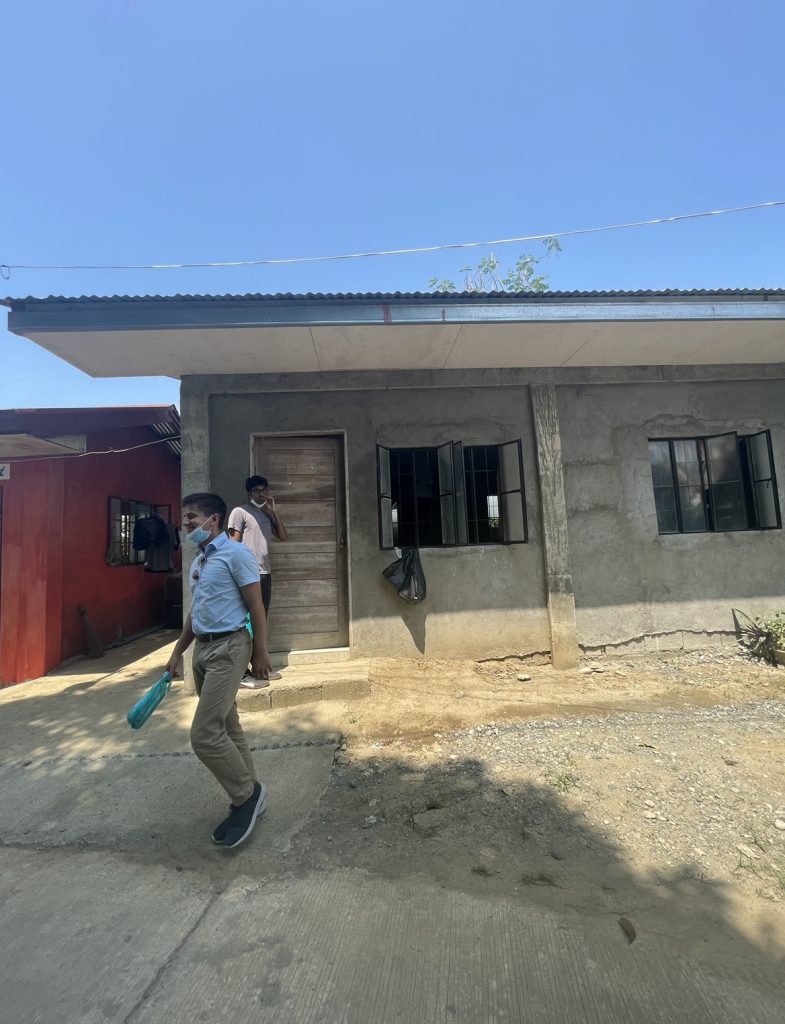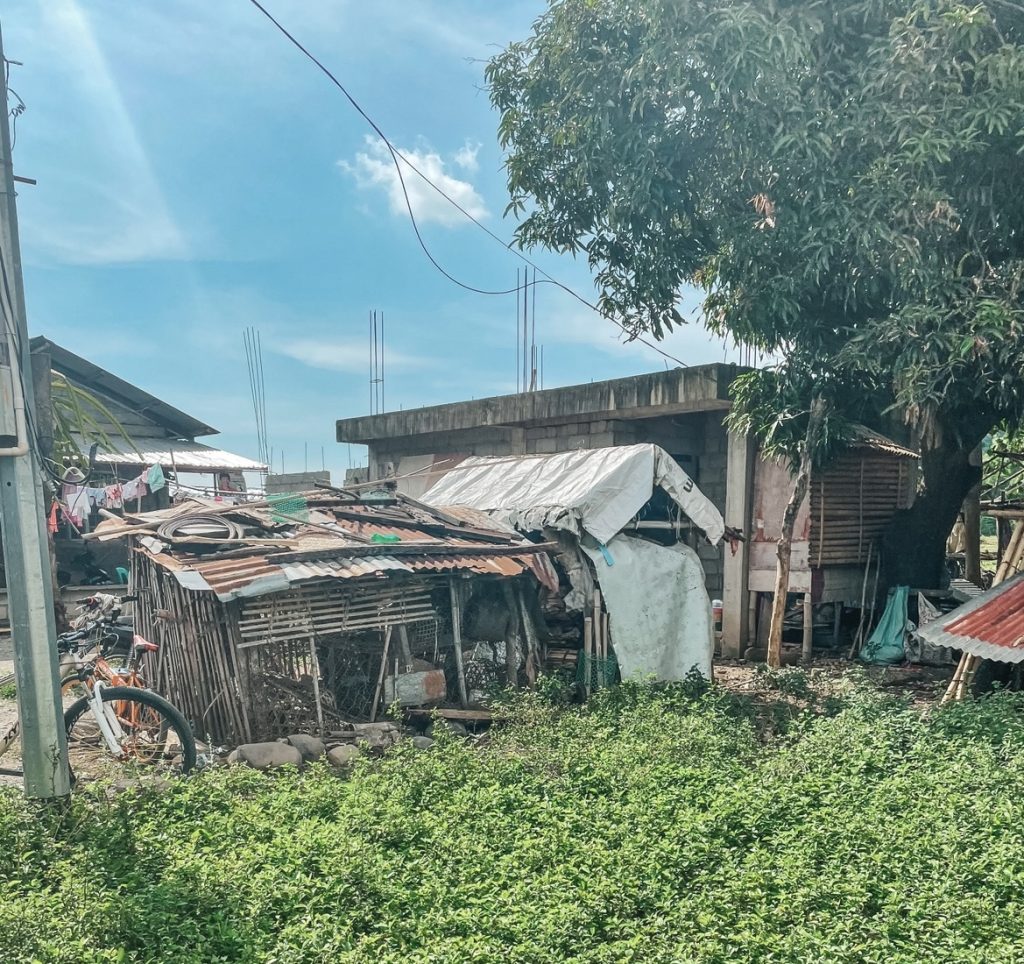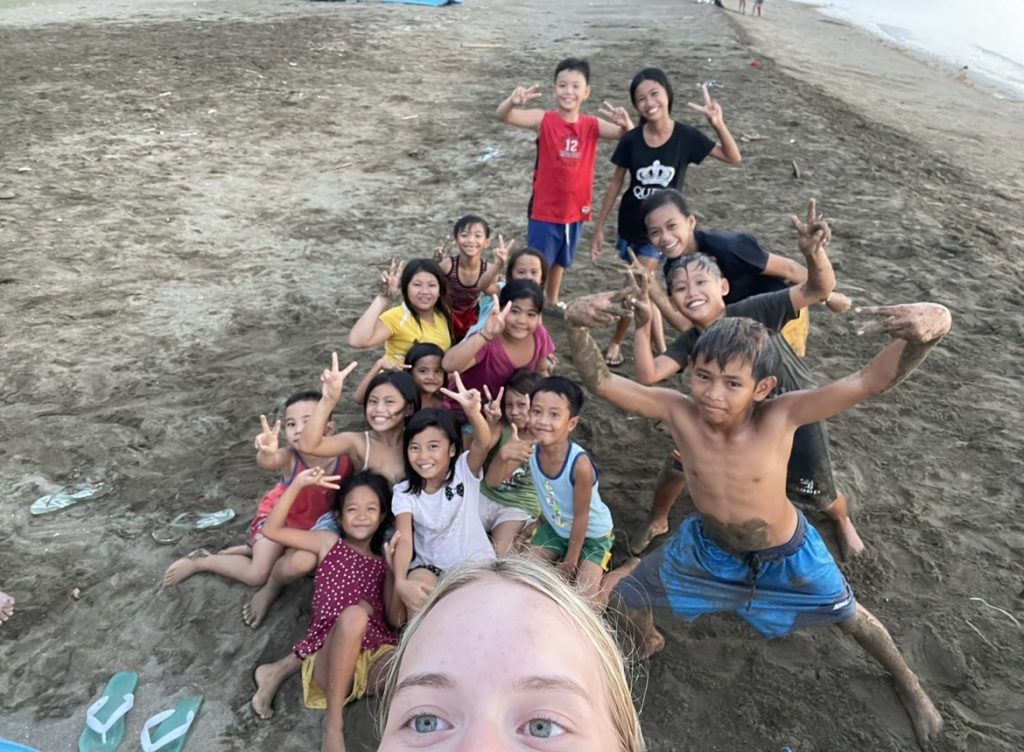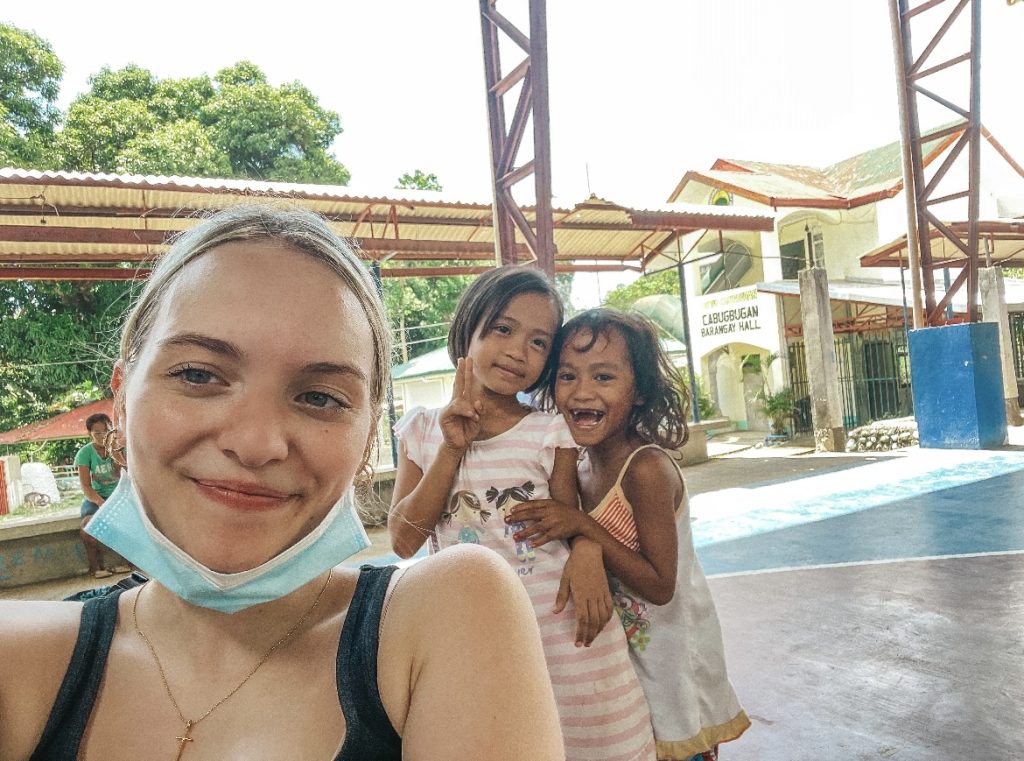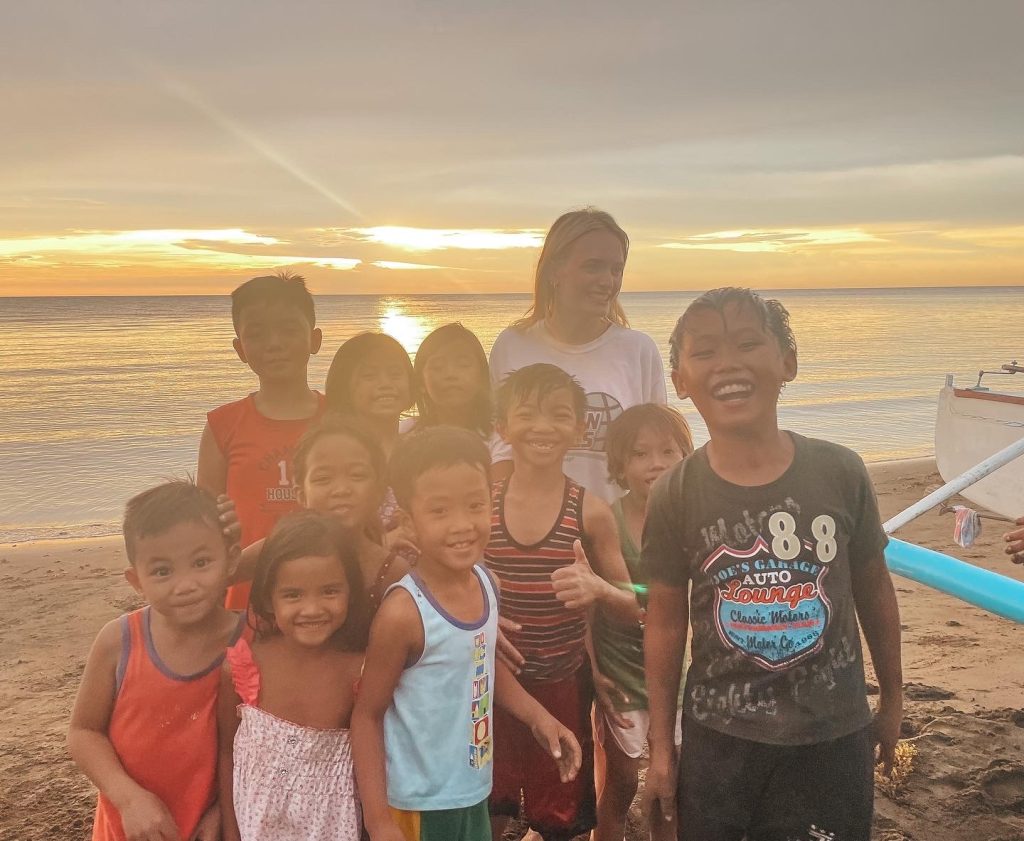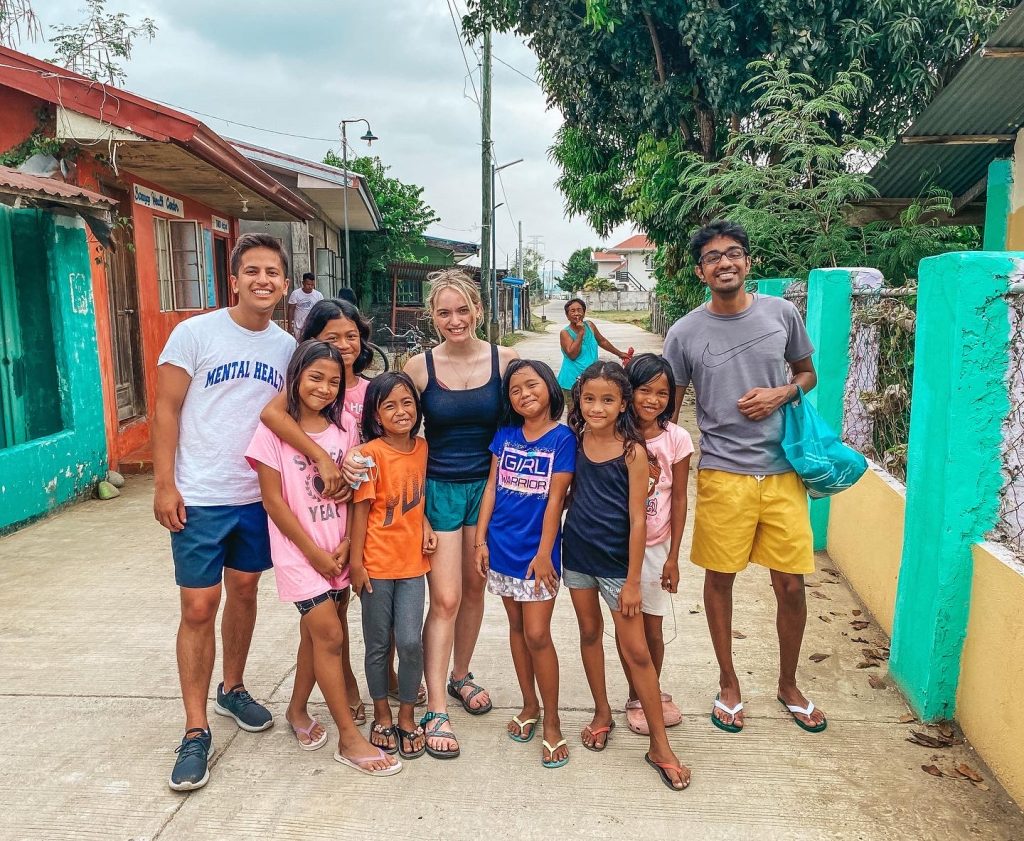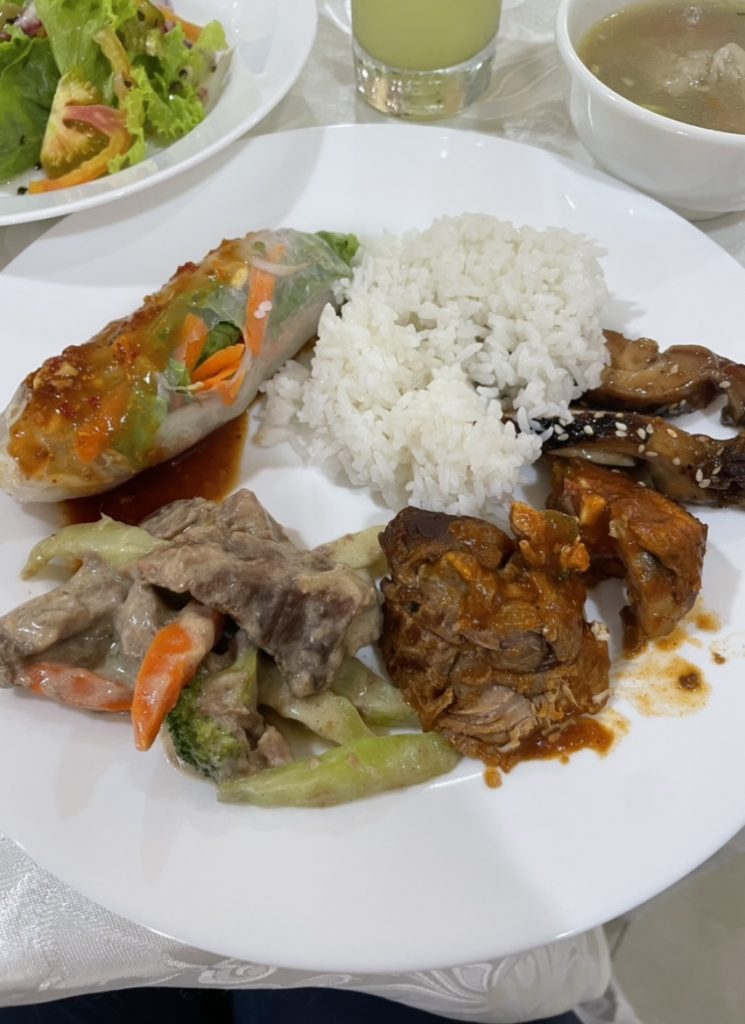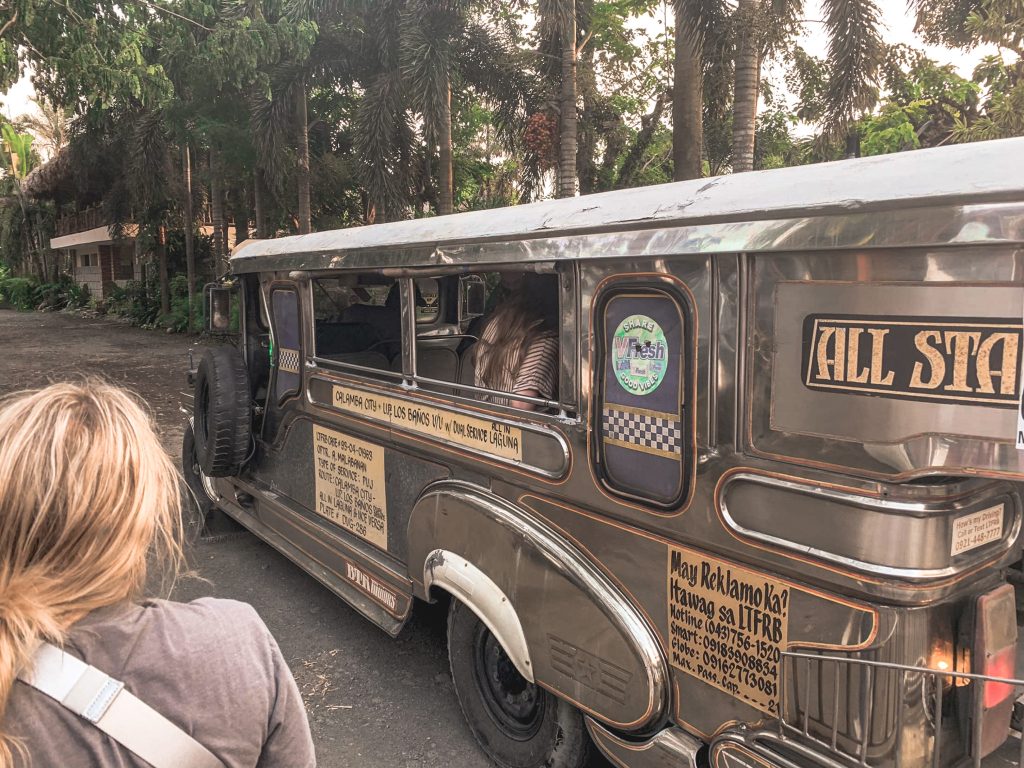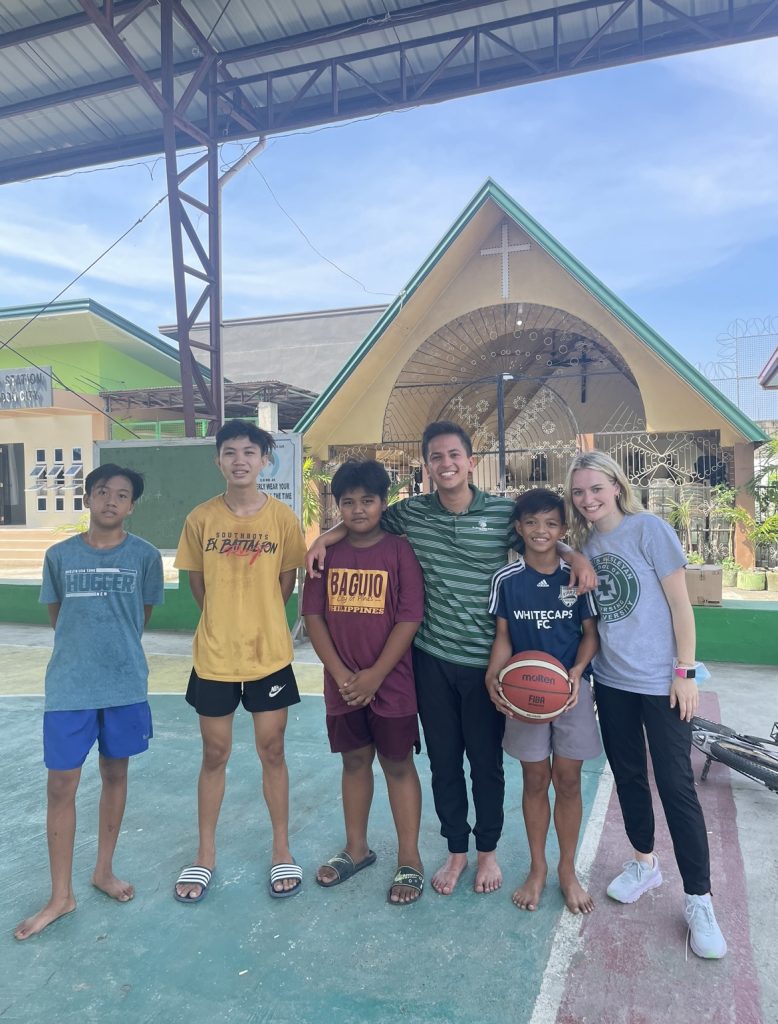As this internship is coming to a close, I am getting more and more sad to leave this beautiful country. From meeting so many new friends and people to all of the wonderful opportunities I have encountered since being here, I have truly had an incredible experience. I wanted to sum up just a few things that come to mind when I think about my takeaways after living here for 2 months.
Hard workers:
- Filipinos are some of the most hardworking people I’ve ever met. Every single person I meet at FNRI, and outside of the office, amaze me with how much hard work they put in to do their jobs. Everyone is so passionate and will work long, extra hours to get their work done with zero complaining. They are always willing to go the extra mile. I am especially amazed by the researcher and their endurance to live out in the field for many months at a time. Not knowing what the next barangay is going to look like or what people they will encounter. It is very hard work that many are unable to do. Additionally, the work being done by the researchers would mean nothing if it wasn’t for all the incredibly hard workers in the different departments at the office. Everyone contributes something to make the whole thing work and I have loved getting to see all the moving parts that make up FNRI.
Nutrition:
- I have absolutely loved being a part of this internship simply to be able to experience and see nutritional deficiencies and how they manifest in real life. Although these prevalent nutritional deficiencies exist, it is heartwarming to work with a company that is trying to combat them. As someone who is studying advocacy as well as nursing, it is so important for me to be able to see the health and nutrition of different populations. Through my work and experiences this internship gave me, I have an array of new knowledge that will contribute to my education greatly. Not to mention it has significantly enhanced my desire to want to work with underserved populations.
Filipino time:
- This one I love and wish would be adopted by the US. I love when we say we are leaving by 6 that means I get at least and extra 30 minutes to get ready! Although it just goes to show how the people love to live in the moment and cherish the time they have. No one is too concerned or pressed for time, they just let the day take them where they need to go.
AC:
- AC is a luxury. I never realized how much I took not feeling hot all the time for granted. I never knew I would worry about whether or not I turned the AC off before I left or going to the mall just to be in the cool aircon or find myself content with being drenched in sweat all the time. However, it has made me more humble and allowed me to feel grateful for that luxury I do have at home.
Driving:
- The drivers are insane here, and how there aren’t 1000 accidents a day is beyond me. And the traffic- yeah, that one I don’t think I’ll ever get used to. It’s crazy to me that would should. be a 15 minute drive can take up to 3 hours especially. during rush hours. However just remember, there’s no traffic on Sunday!
Tagalog:
- Although I wish I learned more Tagalog, I feel as though I learned enough to get around and feel comfortable. Needing to take a Jeepney? Not a problem. Magkano and Bayad po will do the trick. Tagolog is such a fun language to learn and I hope that eventually one day I will be able to learn more.
The people:
- People in the Philippines are by far the nicest, most hospitable, considerate and compassionate people I have ever met. I have always been welcomed, loved, and treated as family. I love being called ate to the younger children, and I love that every person I meet makes me feel like I’ve known them forever. When someone who has so little, or maybe is going through a lot, or has had a bad day, you would never ever know it. I hope that every person has the opportunity to come visit the Philippines simply so they can know what it’s like to know Filipinos.
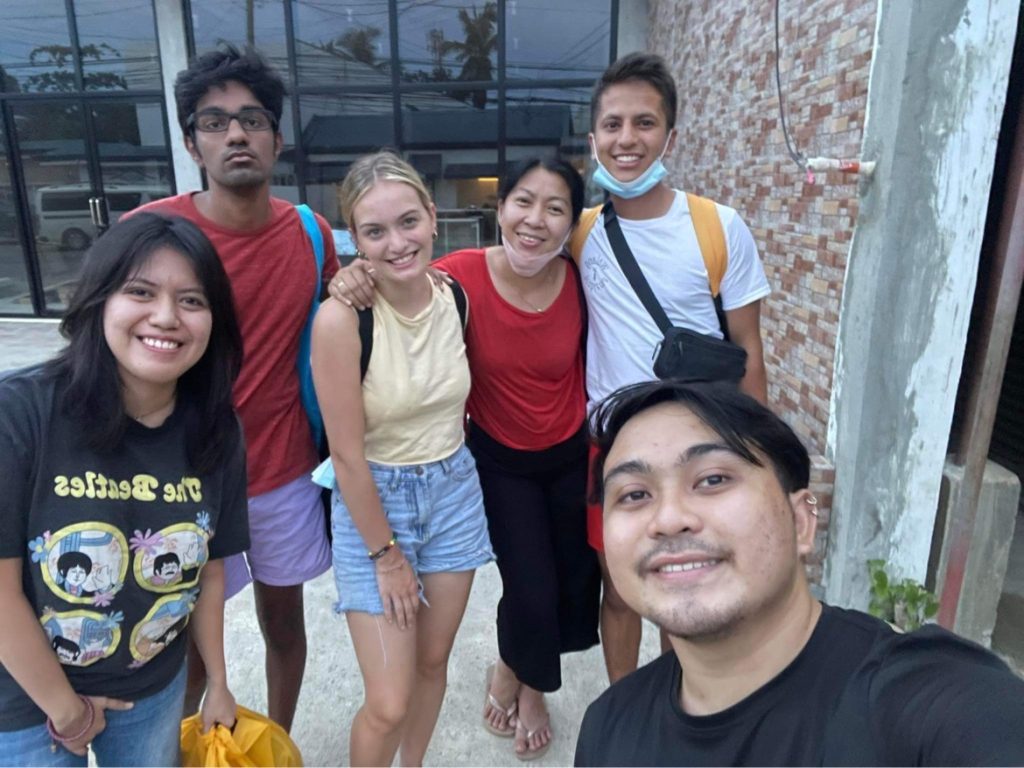

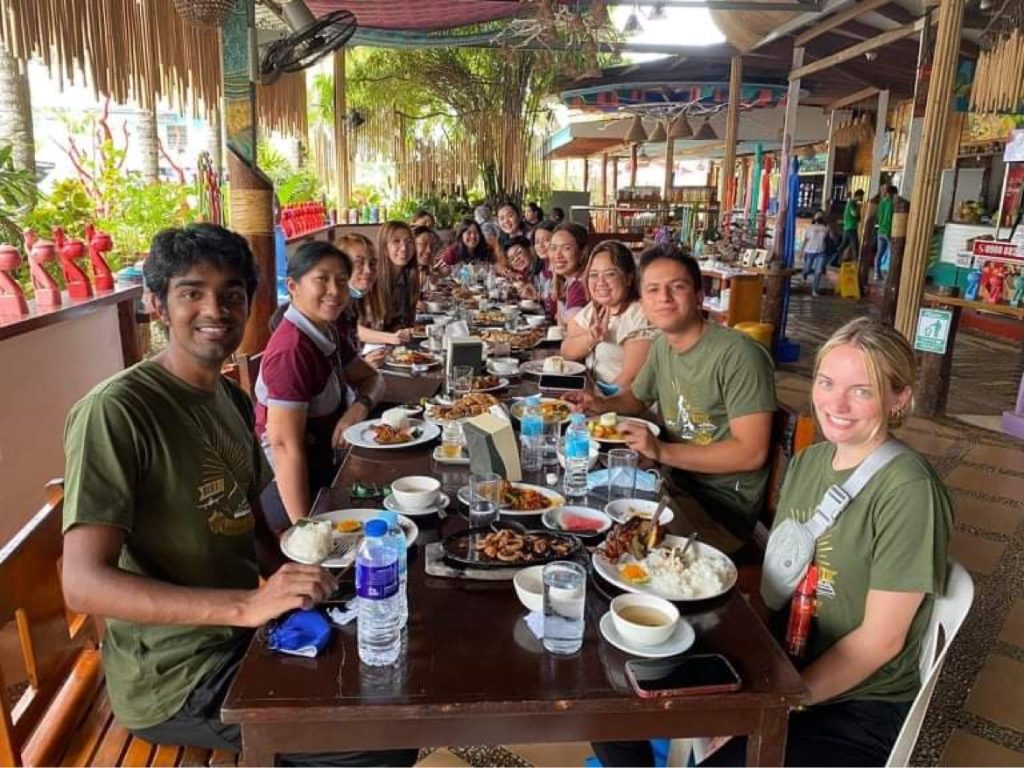
Return Plans:
The first time I came to the Philippines i made a promise I would have to come back. I knew I was leaving a part of my heart here. Now, that piece of my heart has only grown in size. Ever since being in nursing school, I. have waned to use my education to pursue medical missionary work to provide healthcare to those who are marginalized. This trip has allowed me to visualize and see what my life would look like doing just that and I couldn’t be more excited for what my future holds. I know it wont be long until I am on another plane headed back to Manila. Mahal Kita Philippines.


